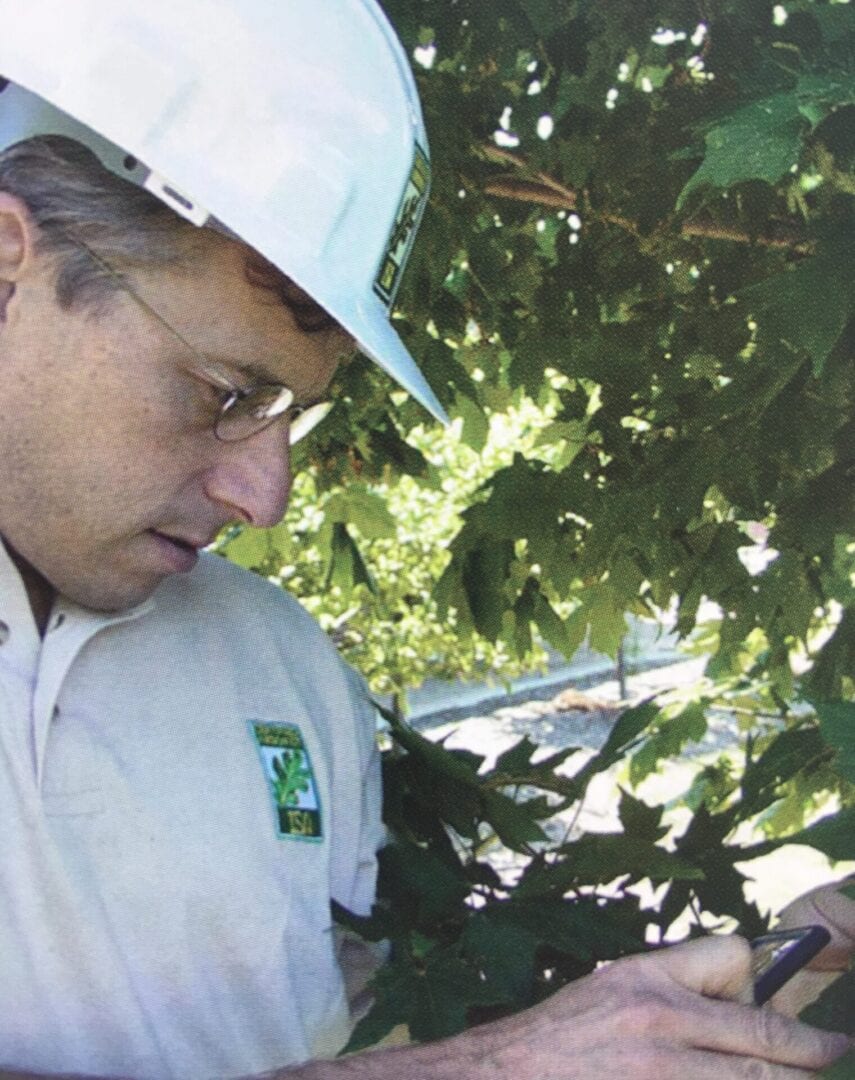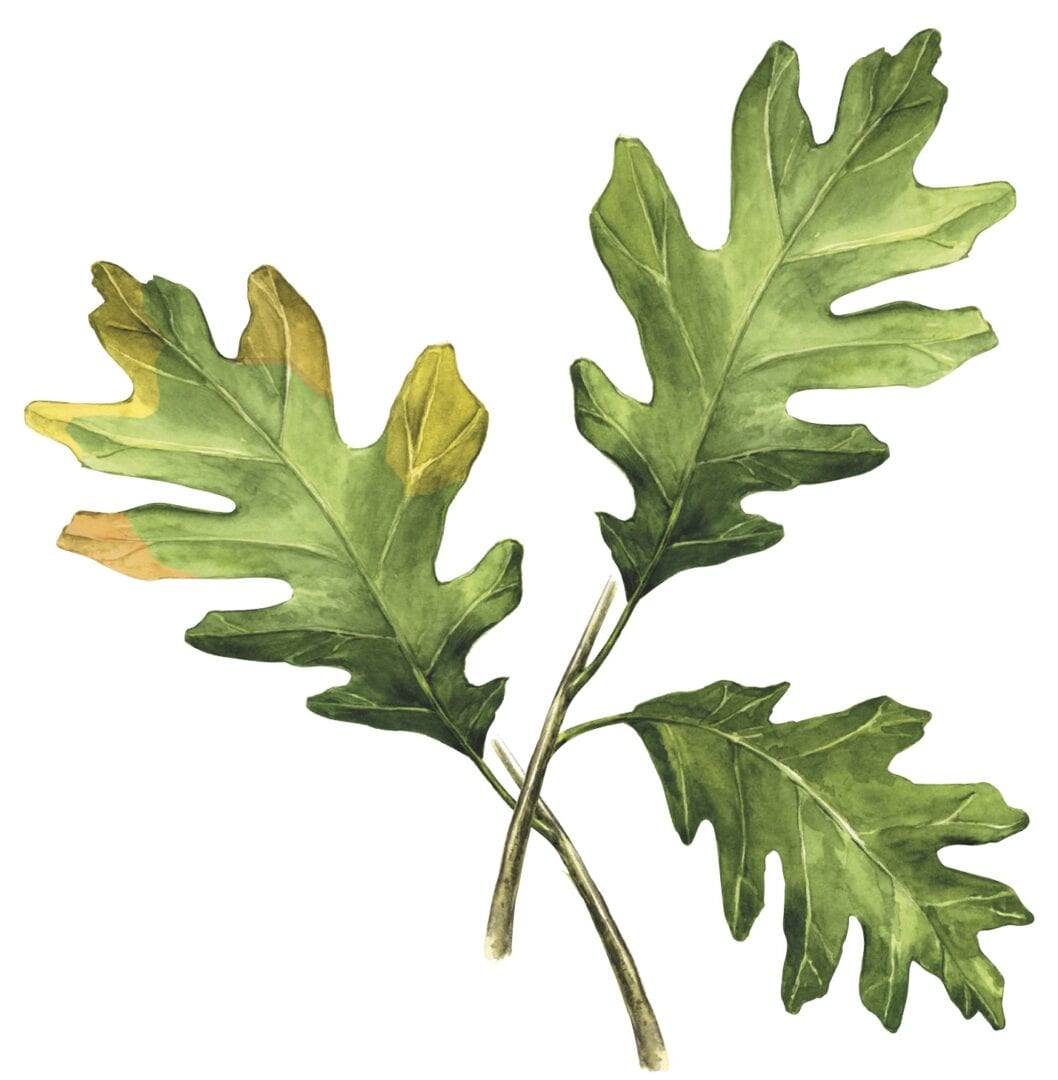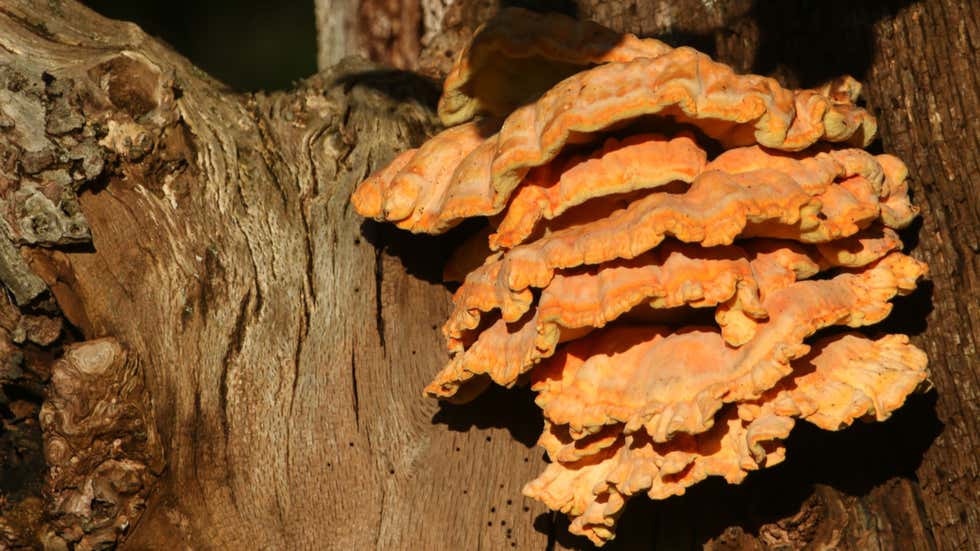

Arborists have a limited ability to treat tree problems once they become noticeably apparent. The best course of action is to be proactive in inspecting your own trees to look for early warning signs of a tree problem. Diagnosis of a tree problem requires keen observation combined with a knowledge of each specific tree in every season. Once you recognize there is a problem it becomes a process of elimination to come to an accurate diagnosis and proper conclusion from all the clues that a landscape has to offer. It is much like to work of a detective that collects every relevant piece of information and views them like a puzzle. It isn’t until you realize how each piece fits together that you get the whole picture of what the tree problem really is. It is almost never a case of identifying an insect or disease and then treating the insect or disease by itself.
There may have been a dozen contributing factors that led to the decline of the tree over years or even decades. The most difficult challenge for an arborist is the fact that he or she has a very limited snapshot of what has led up to the point that a property owner has decided to reach out for help. The history of the landscape is often the most important piece of the puzzle.
Tree Health Problems can be broken into two categories based on what has caused the problem to appear. The first are tree problems caused by living things, often called Biotic Disorders. Biotic Disorders are caused by pathogens like fungi, bacteria, viruses, parasitic plants, nematodes, insect pests, mites and other animals. Pathogens can spread from one plant to another and should be treated quickly in order to prevent spread to surrounding plants. If you are experiencing a biotic tree problem we recommend contacting an arborist right away to prescribe an appropriate solution to your tree problem.
The Second category of tree problems are Abiotic Disorders and these are caused by events in the environment of the tree. Temperature extremes, drought, flooding, mechanical injuries, soil compaction, mineral deficiencies, pH changes, or lightning strikes are all considered abiotic tree problems. Abiotic tree problems often do not require immediate action to prevent spreading to other trees but the longer the problem persists, the greater the extent of the damage. If you think you are experiencing an abiotic tree problem, contact an arborist to help guide you in prescribing an appropriate solution to your tree problem.
How to determine the cause of a Tree Problem
There are three main areas that you can look at for a sign or symptom of a tree problem.

Canopy
You can check the leaves, the trunk and the roots or soil. In determining the cause of a foliar tree problem, look for signs and symptoms in the leaves of the tree. Symptoms of a foliar tree problem are usually apparent when you get up close to the tree canopy. Yellowing of the leaves, often called chlorosis is usually a sign of a lack of chlorophyll and can be a symptom of a nutrient deficiency or improper soil pH for your tree. Wilting is the drooping of leaves or shoots that can be due to a lack of water, a root injury or disease, or a vascular obstruction often insect or fungi related. Leaf scorch is the browning and death of leaves along margins or in between veins. Leaf scorch can be caused by either fungal or viral pathogens infecting the leaves.

Trunk
When inspecting the trunk for signs or symptoms of a tree problem look for abnormal areas of sunken tissue that are dark in color or disfigured. This is often called Canker and is caused by a fungal pathogen entering the cells of the cambium. Canker is a stem disease caused by the formation of lesions on the bark and/or cambium tissues. Cankers will usually progress and can be effectively treated only if they are caught early. The picture to the left is showing a tree disease called Hypoxolon Canker. Hypoxolon is an opportunistic wood pathogen that often infects trees that have been weakened or stressed due to environmental stressors. The best way to treat Hypoxolon Canker is to improve tree health through soil amendments and aeration.

Roots and Soil
When looking for signs or symptoms of a tree problem in the roots or soil try to examine the entire area under the canopy of the tree. Analyze the soil moisture content, and note any mushrooms or unusual odors. Look for signs of decay in the root area including mushrooms or conks. Look for lifting or cracks in the soil that may indicate a hazardous condition.
